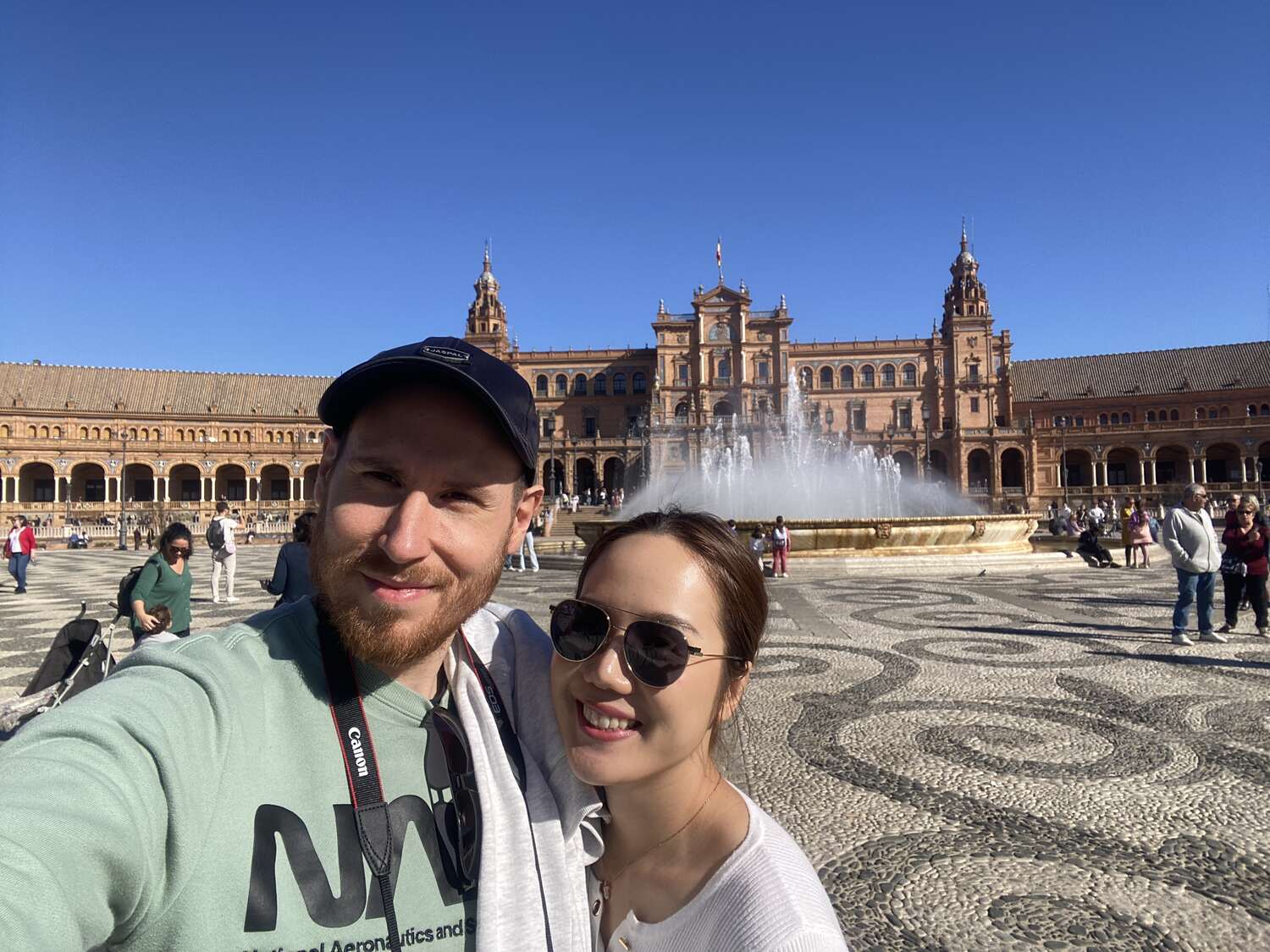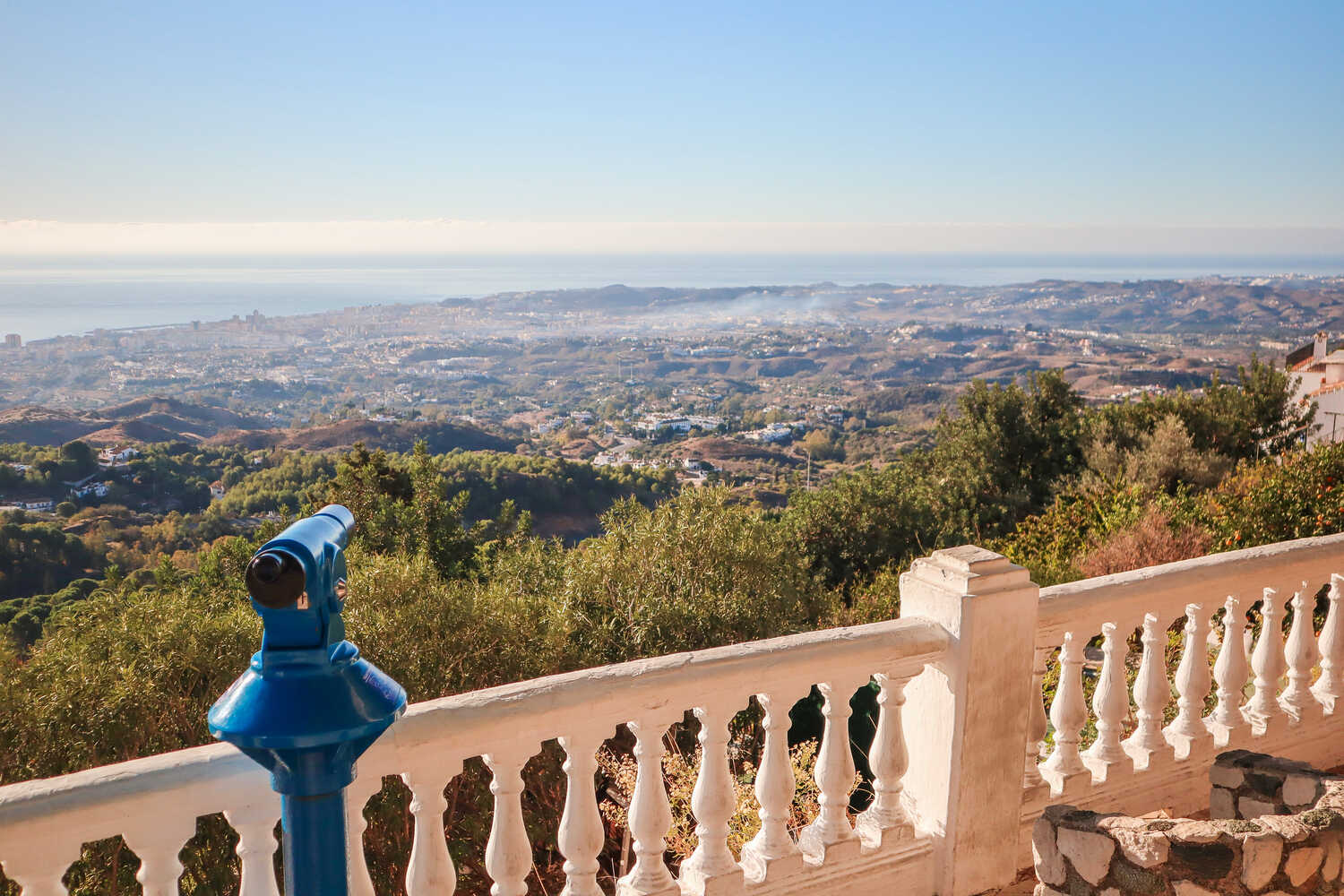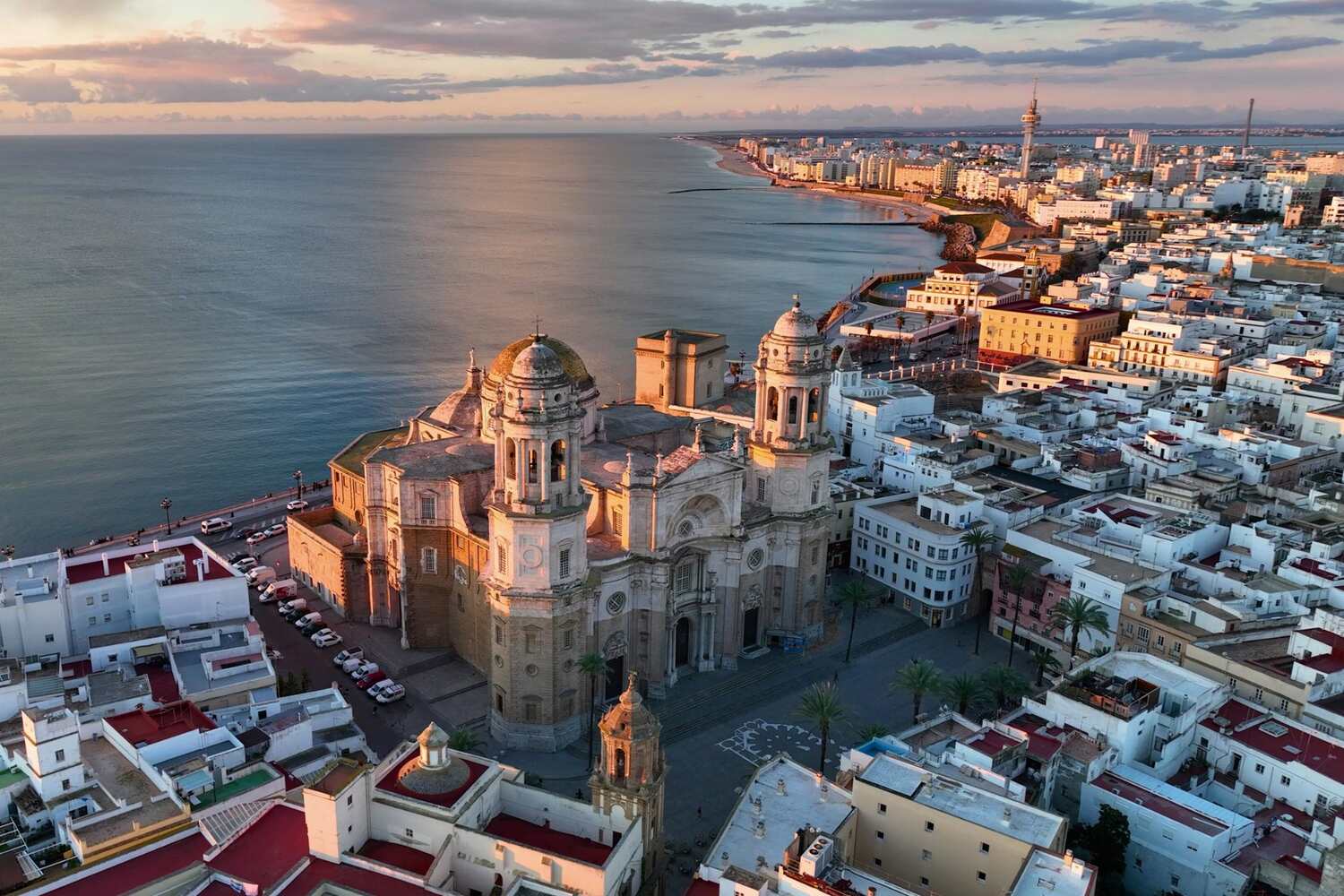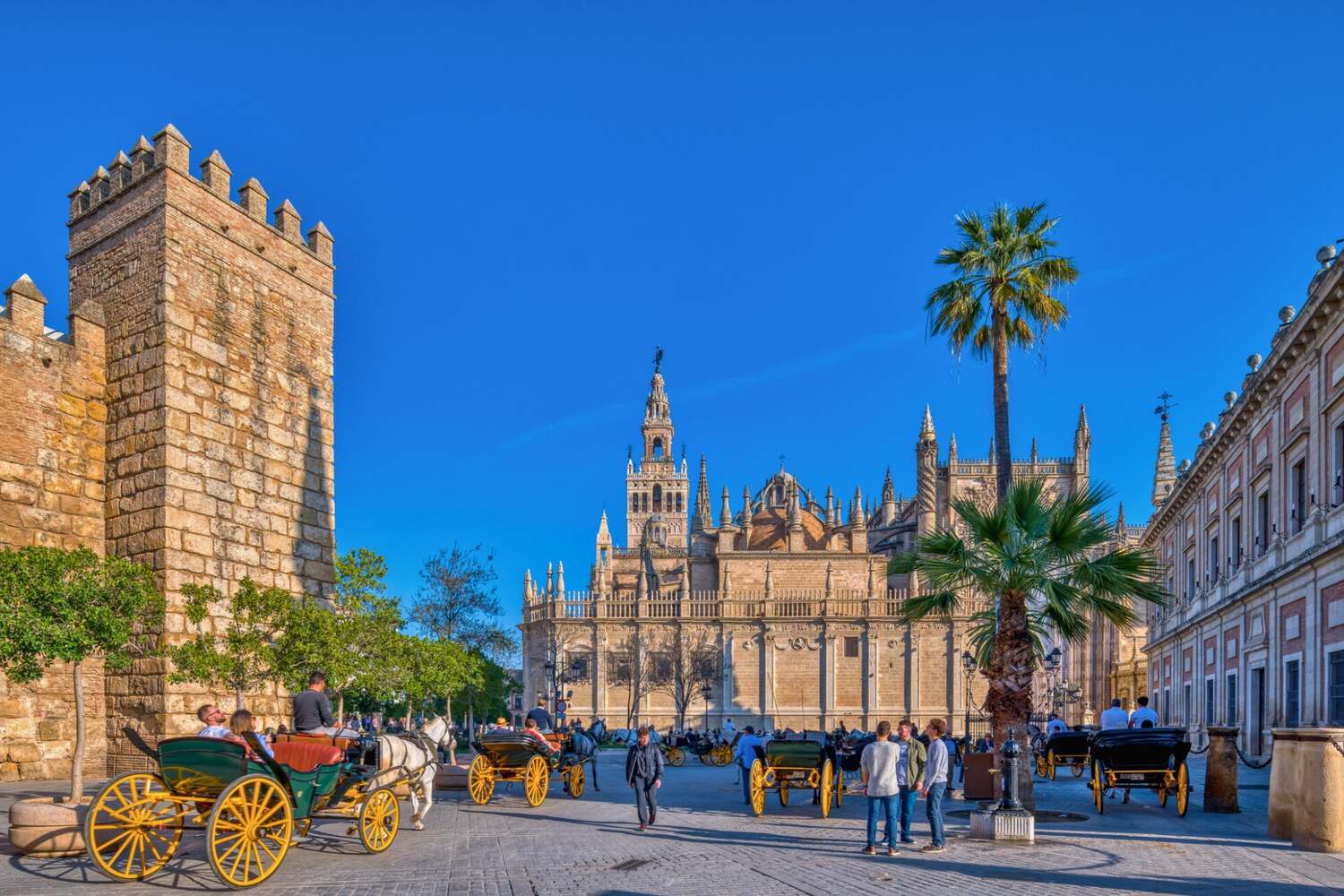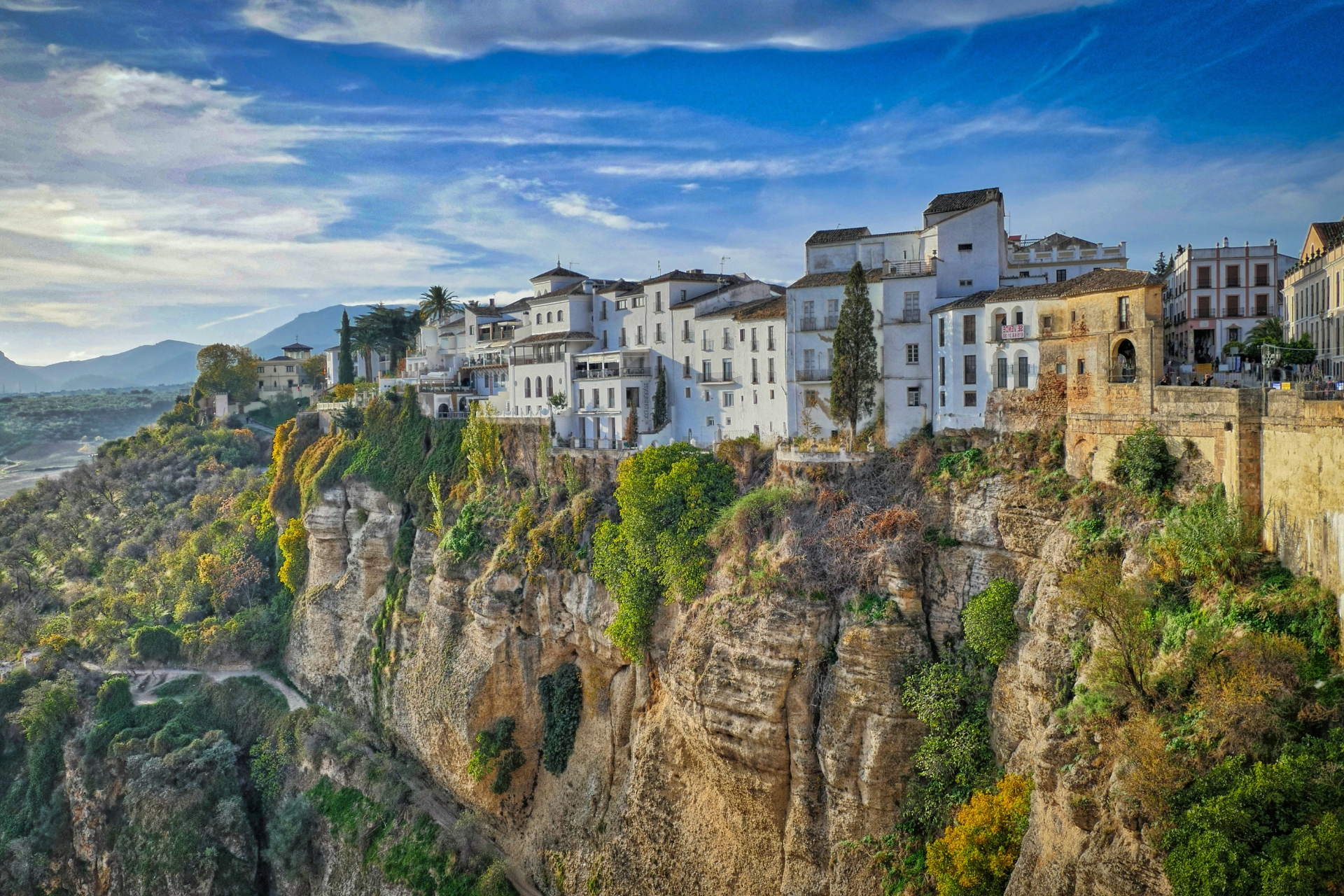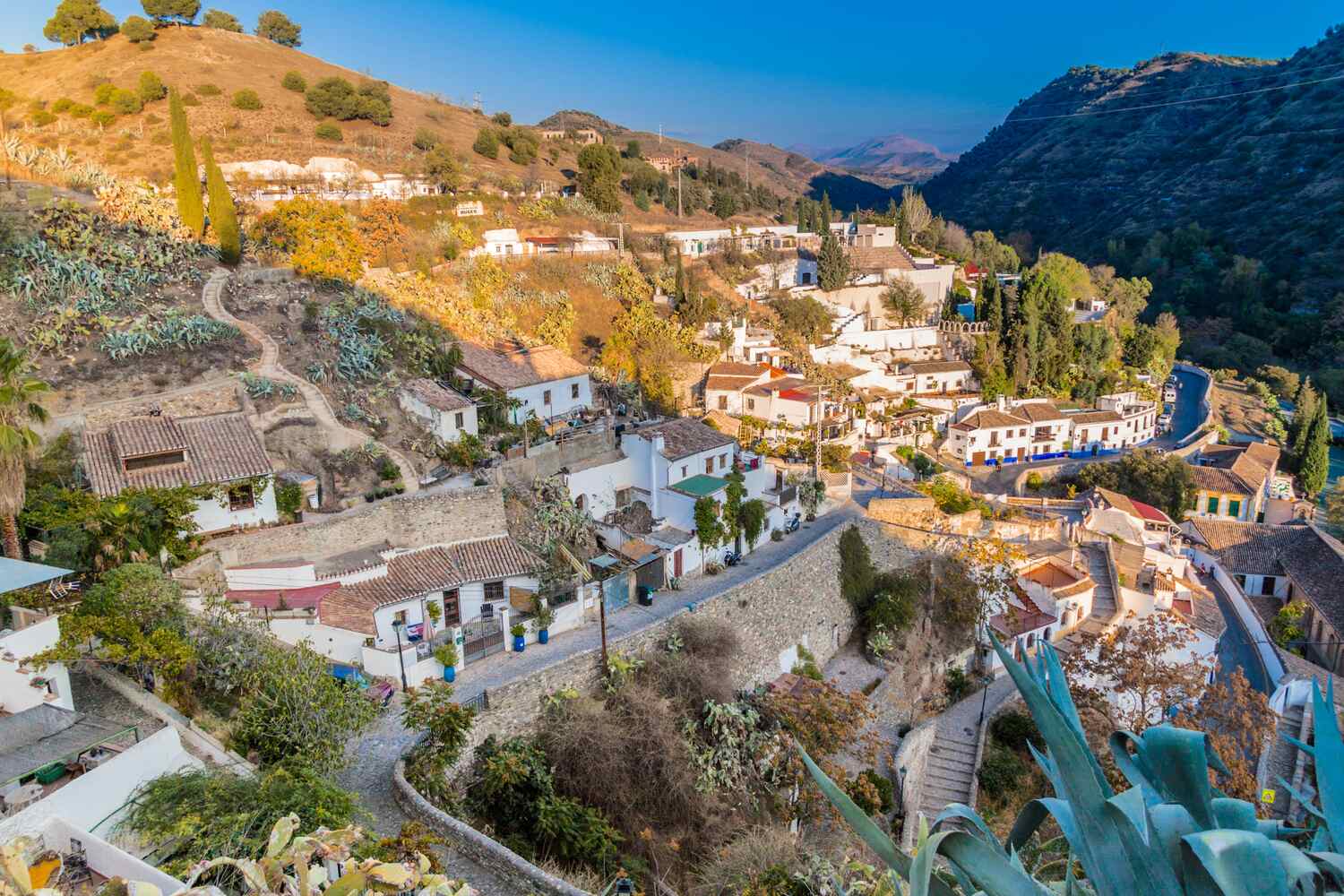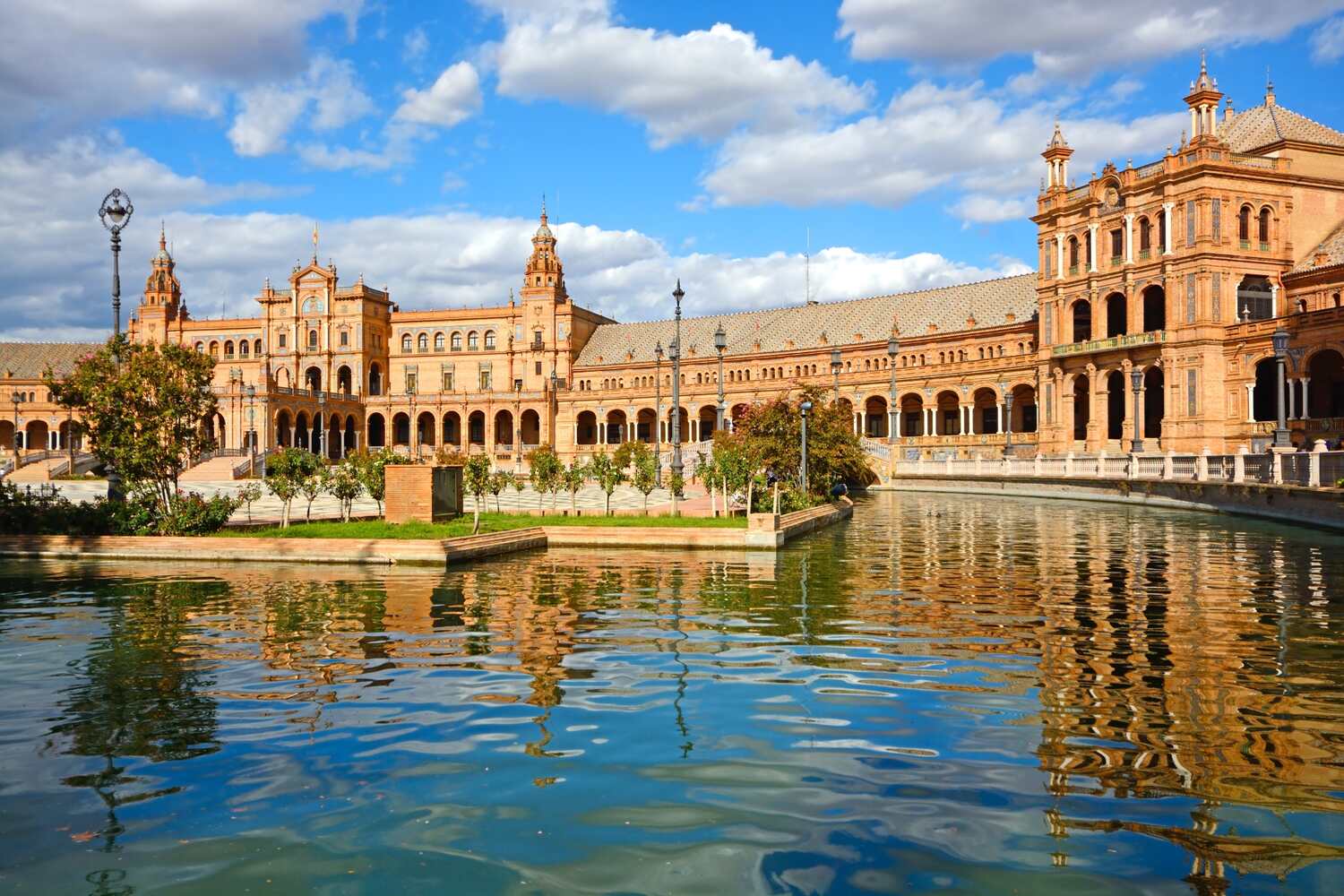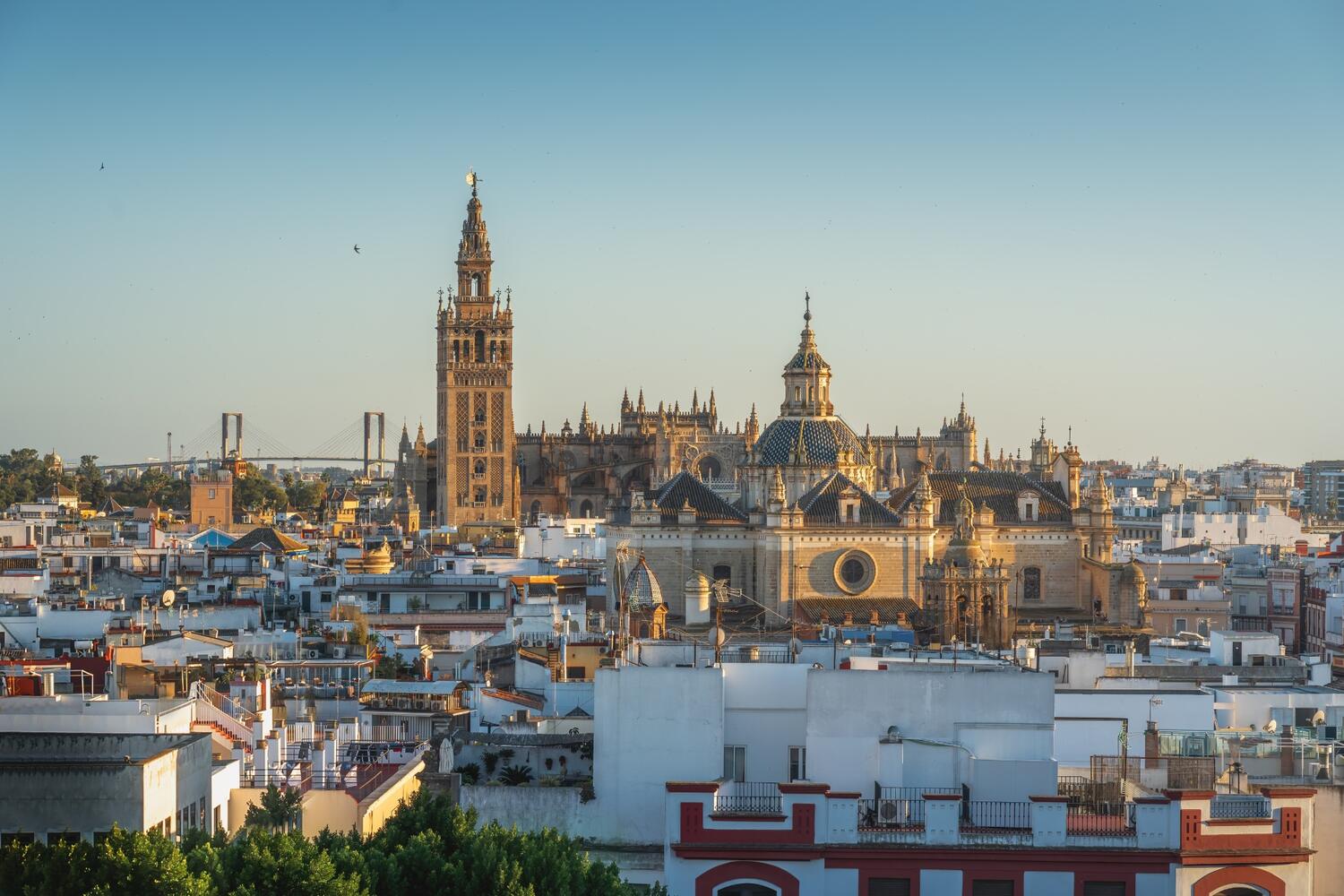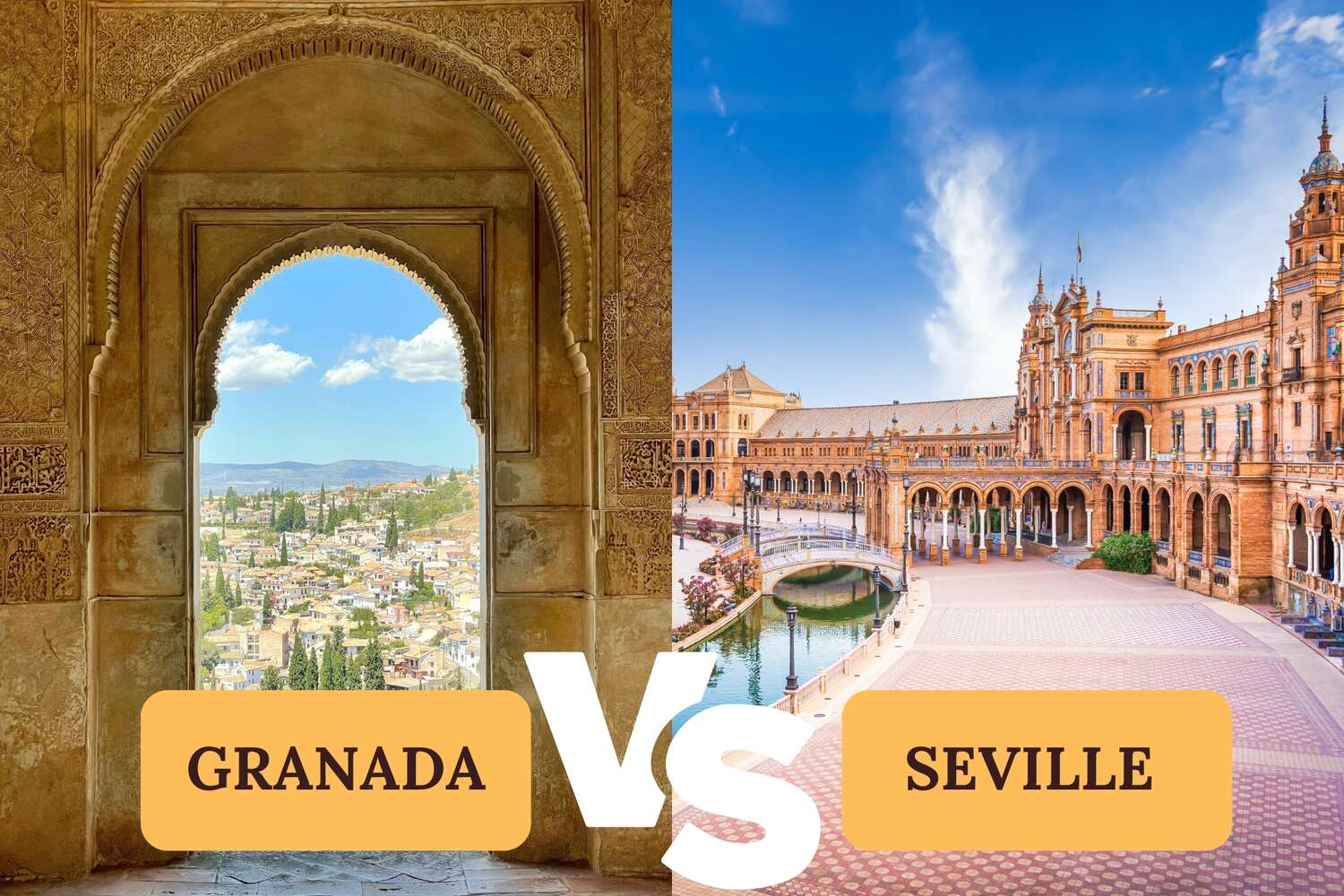Seville Travel Guide
Welcome to Seville.
Here’s everything you need to know + our most popular posts about Seville.
Seville Itineraries
Day Tours from Seville
Seville Travel Tips
The best time to visit Seville is spring (March to May) or fall (September to November). Spring is magical, with orange blossoms in bloom and festivals like Semana Santa and Feria de Abril. Summers can be scorching, with very high temperatures, so plan for early mornings or evenings if you visit then. Winter is mild and quieter, perfect for strolling without the crowds.
You don’t need a car to get around Seville, as it’s super walkable, and public transport works well. Renting a car is only worth it if you’re planning day trips outside the city, like to the White Villages or Doñana National Park. Driving in the historic center can be a hassle due to narrow streets and limited parking, so we don’t recommend it if you’re staying in the city.
Stay near the historic center for easy access to the city’s top spots, like the Alcázar and the Cathedral. Barrio Santa Cruz is charming with its narrow streets and cozy vibes. For a trendy, modern feel, check out Triana, just across the river. If you travel on a budget, you will find good options in Macarena.
You’ll want at least 2 to 3 days in Seville. That’s enough time to explore the Alcázar, the Cathedral, and the picturesque Santa Cruz neighborhood. You can also enjoy a flamenco show, cruise the Guadalquivir River, and indulge in the amazing tapas. If you have more time, use it to soak in the slower pace and maybe take a day trip to nearby gems like Córdoba or Carmona.
Seville is generally very safe, with a welcoming and friendly atmosphere. Petty theft like pickpocketing can of course happen in crowded spots, especially around the Cathedral or during festivals, so keep an eye on your stuff. Walking at night feels safe in most areas, though stick to the main streets in quieter neighborhoods.
In Seville, many people in tourist areas and restaurants speak some English, especially the younger generation. But outside the main spots, English might be limited, so knowing a few Spanish phrases like “hola” (hello) and “una cerveza, por favor” (a beer, please) can be handy. The locals are friendly and appreciate any effort to speak their language, so don’t sweat it, communication won’t be a big issue!
Any Questions?
Get in touch here for feedback or collaborations.
